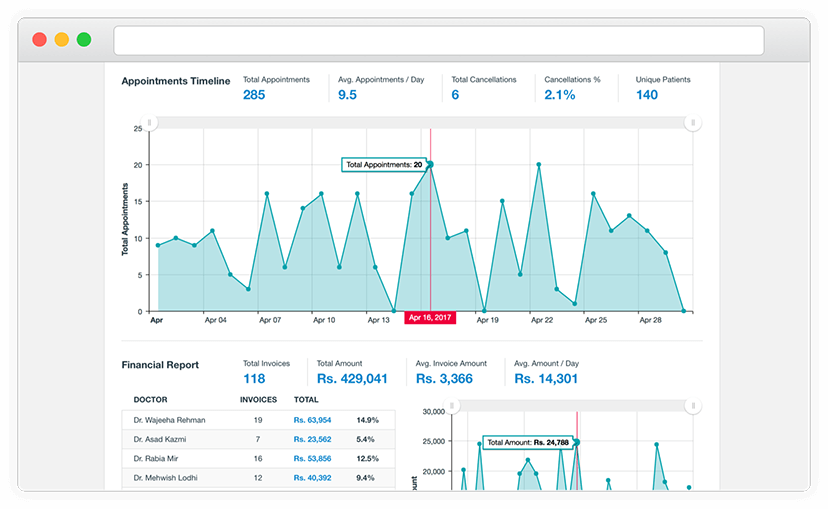In recent years, products integrating the use of AI are increasingly available on the market. Artificial intelligence mobilizes many fundamental concepts that it is important to understand to better understand its challenges. Both companies and individuals can thus take full advantage of the technologies provided.
We thought that artificial intelligence would be easier to understand with the AI repertoire, so we selected and grouped here the anglicisms associated with it.
Artificial intelligence (AI) in a nutshell
Artificial Intelligence ( AI) is a process capable of mimicking human intelligence through algorithms executed in a dynamic computing environment. A high-tech computer can thus perform complex tasks such as:
- voice recognition,
- visual perception,
- Planning,
- decision making,
- reasoning, etc.
Today, humans and their high-tech products produce astronomical amounts of data. It is impossible to absorb and interpret everything with human capacities alone.
This information is present in the Big Data that the AI-based algorithms use to train themselves. Thanks to the development of computer systems, AI is able to process this data at an incredible rate.
Artificial intelligence is already essential in many sectors.
In finance, loan application applications use it to assess the creditworthiness of borrowers. Artificial intelligence systems are trained to monitor and detect fraud when paying by credit card. This improves the security of the SEO services provided to individuals and businesses.
Call centers with virtual customer service use artificial intelligence to predict customer requests. They can thus have solutions to their problems without any human intervention.
When you open a site’s dialog window, your interlocutor is a computer running a form of artificial intelligence. A human will take over when the chatbot cannot interpret your questions or solve your problem.
We can also give the example of ChatGPT applications , a conversational artificial intelligence. You ask her a question and she answers you in natural language in the same way as a human. ChatGPT can write flawless quality texts on a wide variety of topics.
In the AI directory, we have “Machine learning”
Considered as a field of artificial intelligence, machine learning makes it possible to learn from available data. They can therefore improve with experience, rather than with explicit programming to perform a specific task.
Machine learning algorithms are trained to find patterns and correlations in large datasets. Artificial intelligence thus makes the best decisions and makes the best forecasts. Machine learning applications get better with practice.
💡 The more they are confronted with a large volume of data, the more precise they become.
In machine learning, two main types of algorithms are used: supervised learning and unsupervised learning . The difference lies in the method used to process the data in order to make predictions.
supervised learning
In supervised learning, the algorithm learns from a dataset already labeled with a predefined result type.
Artificial intelligence will for example be able to recognize a photo of a dog after viewing millions of photos of the animal.
Unsupervised learning
With unsupervised learning, training is done on unlabeled data and without a specific predefined outcome.
The approach is more independent since the computer under artificial intelligence learns to identify complex patterns without any human guidance. This learning is used in chatbots and virtual assistance programs like Alexa, Siri or Google Assistant.
👉 Artificial intelligence and machine learning are technologies used by almost everyone.
This ranges from companies to online shops, users of social networks, entertainment programs, etc. This is done through various everyday products and services.
AI algorithms are developed to streamline, optimize the user experience, as well as their security.
We also find “Deep learning” in the AI repertoire
Deep learning or deep learning is another subfield of artificial intelligence.
It refers to the set of machine learning techniques used for data modeling. In reality, it is a more advanced system that takes its cue from the way the human brain works.
Deep learning relies on a vast network of interconnected artificial neurons to solve problems. He can thus process, memorize data, make a comparison with similar past situations. This makes him able to analyze solutions to solve a problem in the best way. Deep learning systems learn from recorded information, just like humans with lived experiences .
The use of deep learning is already essential thanks to its many applications.
It operates in the field of facial and voice recognition systems offered by some smartphones. In robotics, it is thanks to its functionalities that intelligent equipment has the expected reactions depending on the situation.
The Neural Network
In the field of artificial intelligence, the neural network designates a network of artificial neurons.
This system is an integral part of machine learning and is at the heart of deep learning algorithms. Artificial intelligence is inspired by the human brain and the way neurons signal to each other. Artificial neural networks are composed of several layers of nodes, namely:
- an input layer,
- an output layer,
- one or more hidden layers.
Each node (artificial neuron) is connected to another as well as an associated weight and threshold. When the output value of an individual node is greater than the specified threshold, the node is activated. It is then able to send data to the next layer of the network. Otherwise, no data is transmitted.
Neural networks rely on training data for their learning and the development of their accuracy. Over time, the relevant algorithms are further refined to become powerful tools in artificial intelligence.
👉 In Data Science, their use is interesting to classify and group data at high speed .
Image recognition and voice recognition are tasks that now take only a few minutes. This is a real advantage compared to manual identification which can take several hours with human experts.
One of the most popular examples of neural network applications is Google’s search algorithm .
Large language model or LLM
A machine learning model, the large language model (LLM) trains on large sets of textual data.
The purpose is the understanding and generation of human texts from artificial intelligence. LLMs can grasp the contexts, tones, subtleties, and even cultural aspects of language.
💡 To guide this type of model, supervised or unsupervised learning systems can be used.
In learning, the model will try to predict the next word or character in a sequence. For this, it is based on the previous words. This process leads artificial intelligence to understand the types of sentences, their meanings and the relationships between words.
Developed by OpenAI, ChatGPT is one of the best-known LLM applications in the world of artificial intelligence. It is a program specially developed to carry out various tasks related to language. These are translation, text summarization, text generation, question answers, etc.
Data mining
Data mining refers to the process of analyzing large volumes of data like Big Data from different angles.
This leads to the identification of relationships between the data used and their transformation into relevant information. In artificial intelligence, this process falls within the framework of Business Intelligence (BI).
Companies can rely on the results of data mining to find solutions to their problems. They can also unearth new opportunities, limit risks, etc. In Data Science, we talk about data mining (drilling or mining of data, extraction of knowledge from data.).
The data mining process is totally linked to the notions of Big Data analysis , data mining and predictive intelligence. Thanks to data mining software, you can analyze data from several aspects, categorize and synthesize the relationships identified. With this process, an artificial intelligence finds correlations or patterns (models) within many relational databases. Valuable information is thus obtained for companies wishing to increase their turnover.
This is also the case if they want to reduce their costs, develop a better marketing strategy, etc.
Another term found in the AI repertoire: NLP
NLP (Natural Language Processing) is one of the branches of artificial intelligence. It makes machines capable of understanding, translating or generating written and/or spoken human language.
Software based on artificial intelligence can have an automatic text or voice language processing system . Natural Language Processing becomes essential in the context of:
- text recognition,
- automatic translation,
- text classification,
- automatic summary,
- smart assistants
- chatbots, callbots, voicebots, etc.
NLP comes in two main categories of machine learning models: NLP and NLG . NLU (natural language understanding) is able to understand the meaning of a language or a speech according to its context. NLG (natural language generation) is able to generate text like a human.
👉 Understanding these fundamental concepts is essential to better understand artificial intelligence and its technologies .However it is used, respect the rights of consumers and their data. The development of products and services based on artificial intelligence raises questions to which the law must provide solutions.



